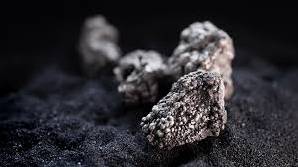India is moving swiftly to strengthen its domestic production of rare-earth magnets and reduce its dependence on foreign supply, particularly from China. The government’s plan calls for a threefold expansion in manufacturing capacity within the next few years.
Minister G Kishan Reddy affirmed that the new manufacturing chain would be established in India, addressing the situation where the country has been almost entirely reliant on imports of rare-earth permanent magnets.
Under the proposed scheme, the government aims to incentivise production of sintered neodymium-iron-boron (NdFeB) magnets — a critical component used in electric vehicles, wind turbines, electronics and defence equipment.
The draft policy calls for the setup of five integrated manufacturing units, each with an annual capacity of up to 1,200 tonnes, with minimum capacities bidding at 600 tonnes.
This capacity build-out would mark a roughly three-fold increase in India’s future output as compared to present de-facto production levels and import dependence.
The incentive scheme envisages capital subsidies (for example, up to 15 % of investment eligible) and sales-linked support over a seven-year horizon — including a two-year gestation period followed by ramp-up of output.
The move comes in response to China’s export controls on rare-earth elements and magnets, which exposed India’s vulnerability in critical components supply.
In summary, India’s tripling of rare-earth magnet manufacturing capacity via a focused incentive scheme marks a major strategic initiative to lock in self-reliance in key materials that underpin the green transition and advanced manufacturing sectors.





Leave A Comment